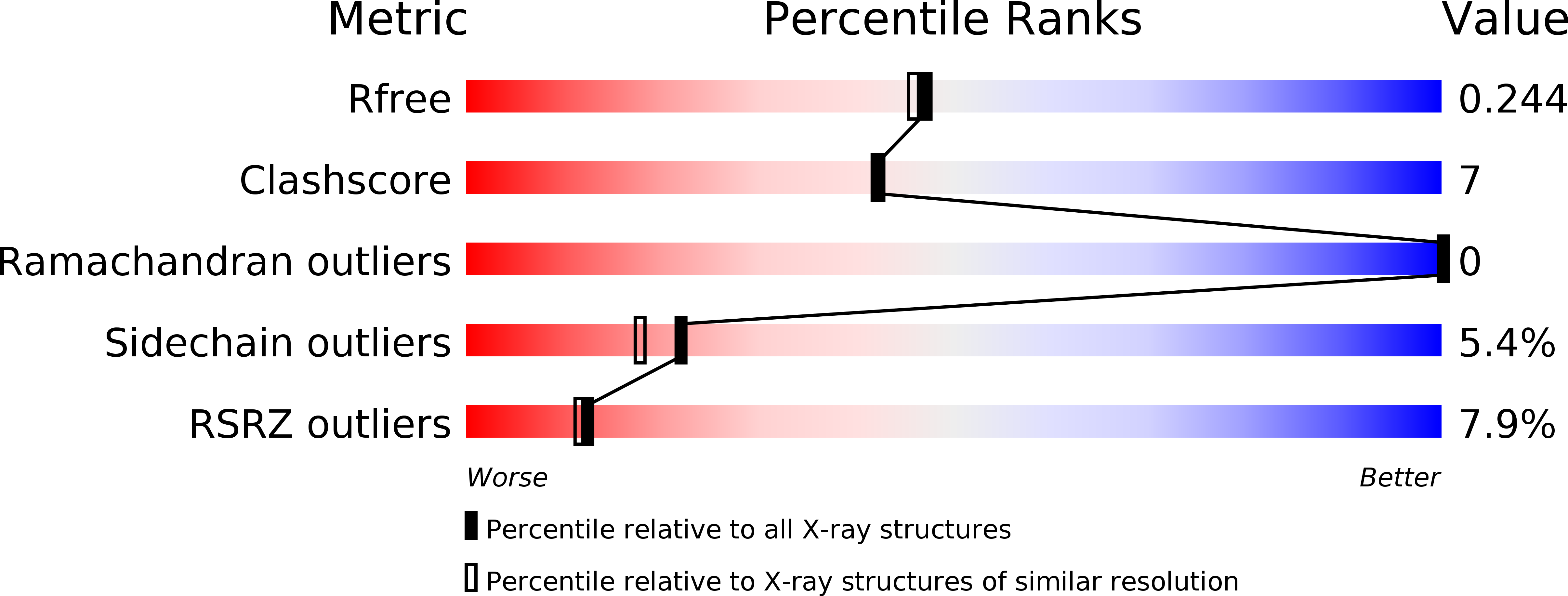
Deposition Date
2003-09-09
Release Date
2003-12-16
Last Version Date
2023-10-25
Entry Detail
PDB ID:
1UL3
Keywords:
Title:
Crystal Structure of PII from Synechocystis sp. PCC 6803
Biological Source:
Source Organism:
Synechocystis sp. (Taxon ID: 1143)
Host Organism:
Method Details:
Experimental Method:
Resolution:
2.00 Å
R-Value Free:
0.25
R-Value Work:
0.21
R-Value Observed:
0.22
Space Group:
H 3


